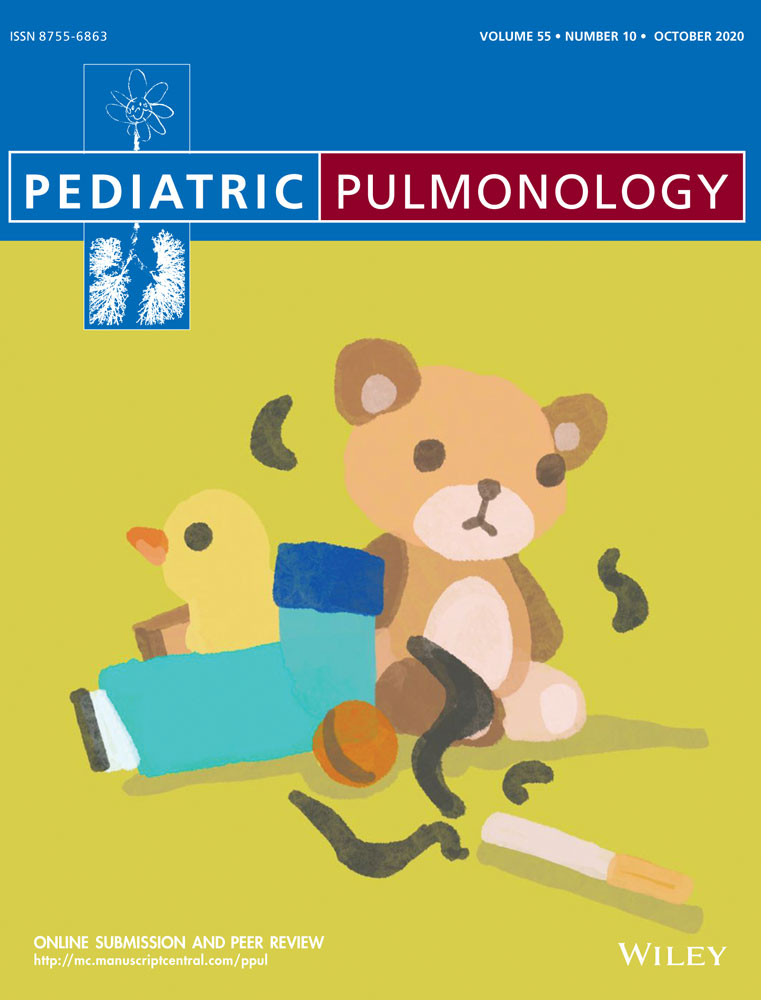l-Citrulline treatment alters the structure of the pulmonary circulation in hypoxic newborn pigs
This study was presented in part at the 2018 and 2019 Pediatric Academic Society (PAS) meetings.
Abstract
Background
Dysregulated nitric oxide (NO) signaling contributes to chronic hypoxia (CH)-induced pulmonary hypertension (PH). NO signaling is improved and pulmonary vascular resistance (PVR) is reduced in CH piglets treated with the l-arginine-NO precursor, l-citrulline. We hypothesized that l-citrulline might cause structural changes in the pulmonary circulation that would contribute to the reduction in PVR and that the l-citrulline-induced structural changes would be accompanied by alterations in vascular endothelial growth factor (VEGF) signaling.
Methods
We evaluated small pulmonary arterial (PA) wall thickness, lung capillary density, and protein abundances of VEGF, VEGFR2, and phospho (p)-VEGFR2 in PA and peripheral lung samples of piglets raised in the lab in CH (10%-12% O2) from the day of life (DOL) 2 until DOL 11 to 12 or raised in room air (normoxia) by the vendor and studied on arrival to the lab on DOL 11 to 12. Some CH piglets were treated with oral l-citrulline (1-1.5 g/kg/d) starting on the third day of hypoxia.
Results
PA wall thickness was 32% less and lung capillary formation was nearly doubled in l-citrulline treated than untreated CH piglets. Both of these l-citrulline-induced structural changes in the pulmonary circulation were accompanied by altered amounts of VEGF protein but not by altered amounts of either VEGFR2 or p-VEGFR2 proteins.
Conclusions
Alterations in the structure of the pulmonary circulation in CH piglets by l-citrulline are unlikely to be mediated by overall VEGF signaling. Nonetheless, l-citrulline- induced structural changes should reduce PVR and thereby contribute to the amelioration of CH-induced PH.
CONFLICT OF INTERESTS
Candice D. Fike is listed as a co-inventor on a patent for the use of l-citrulline as a therapeutic treatment for lung conditions.




